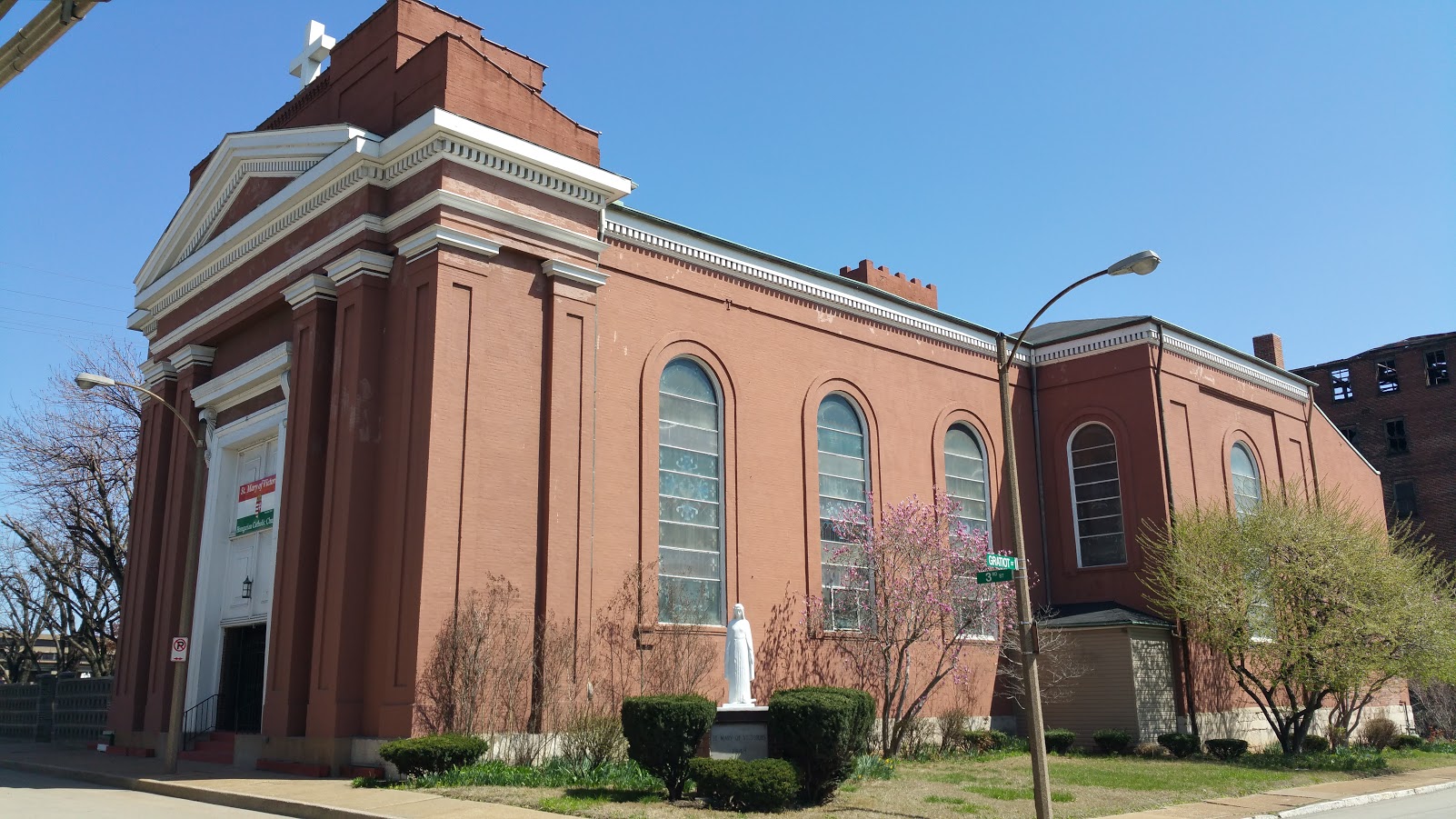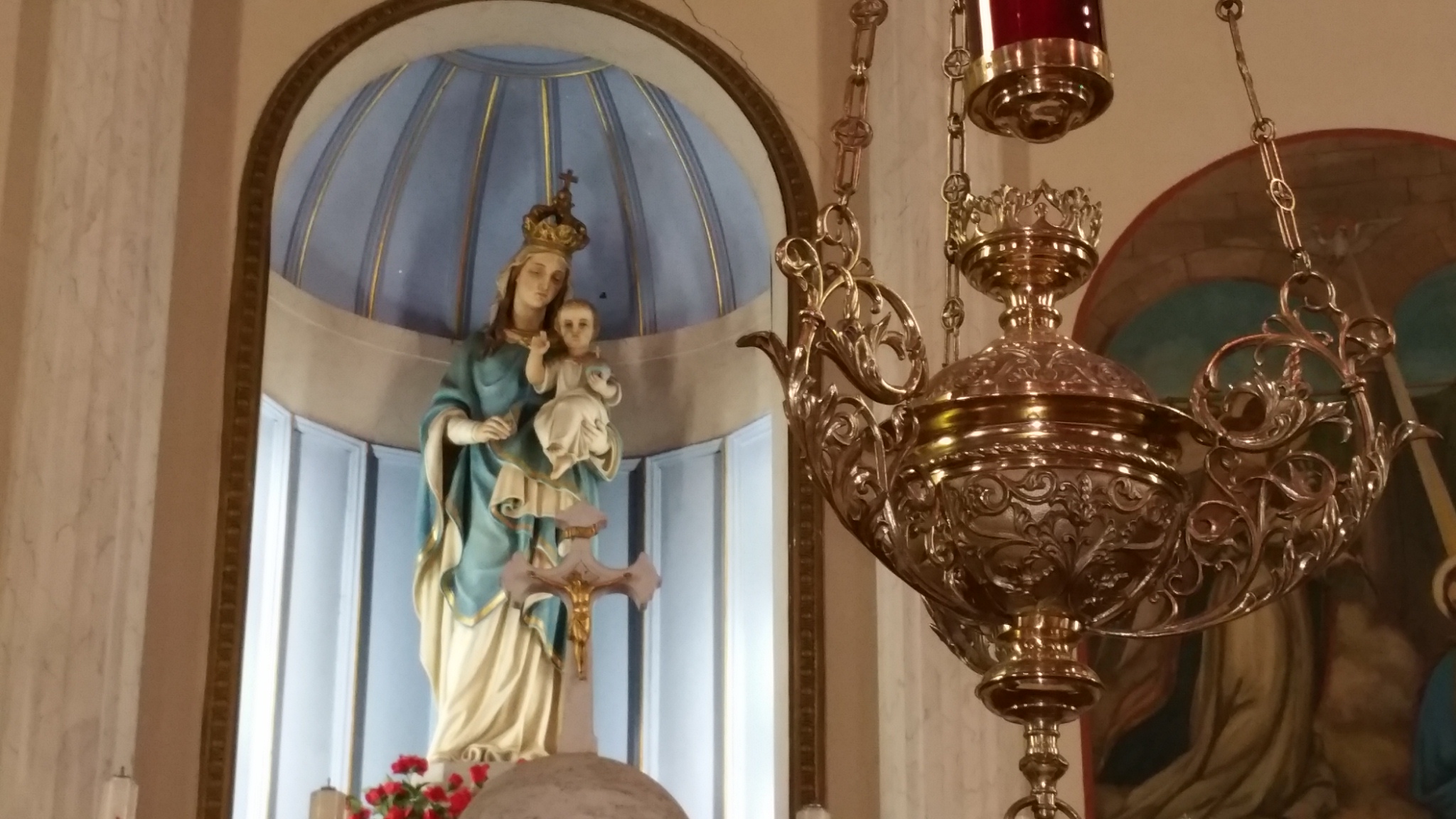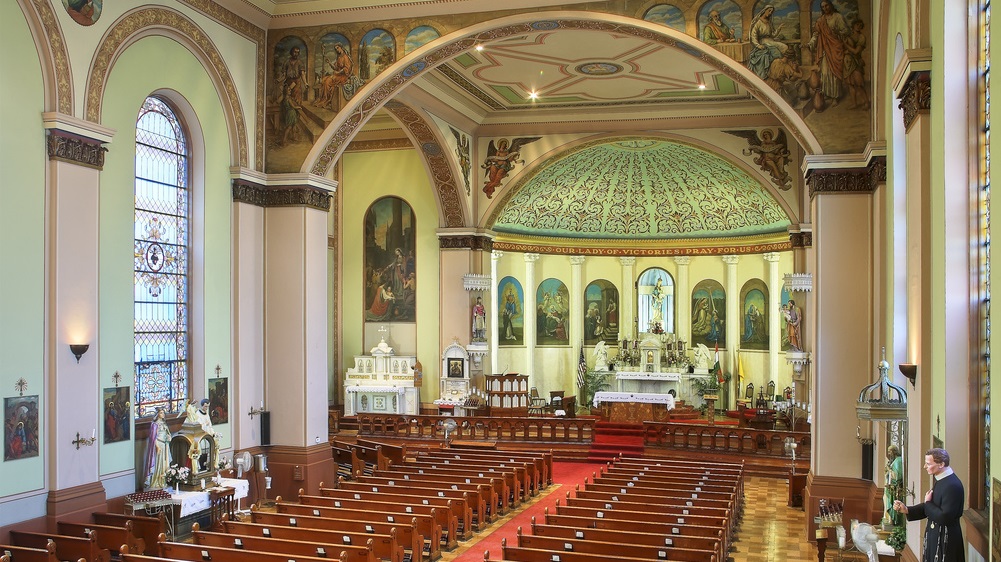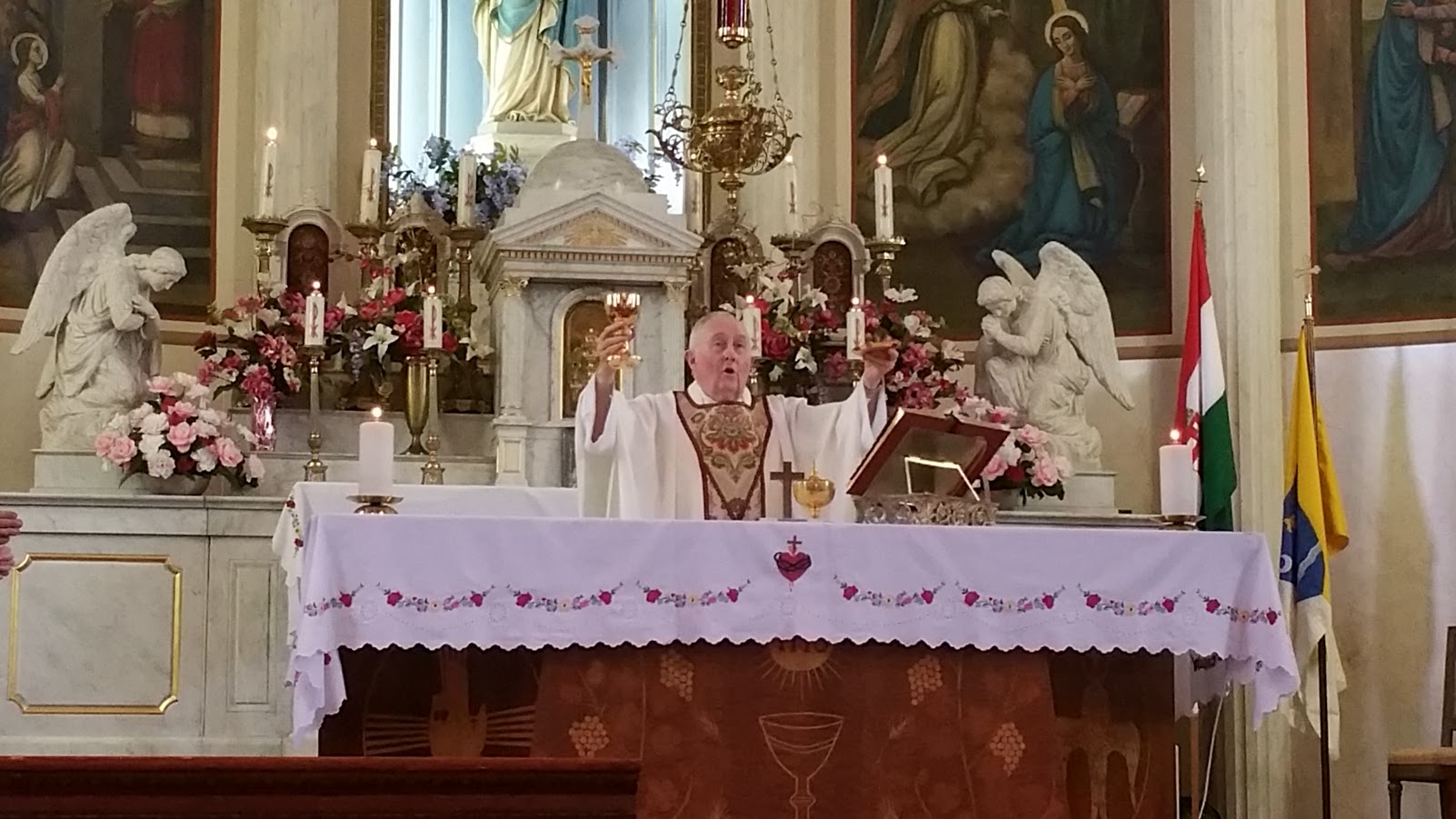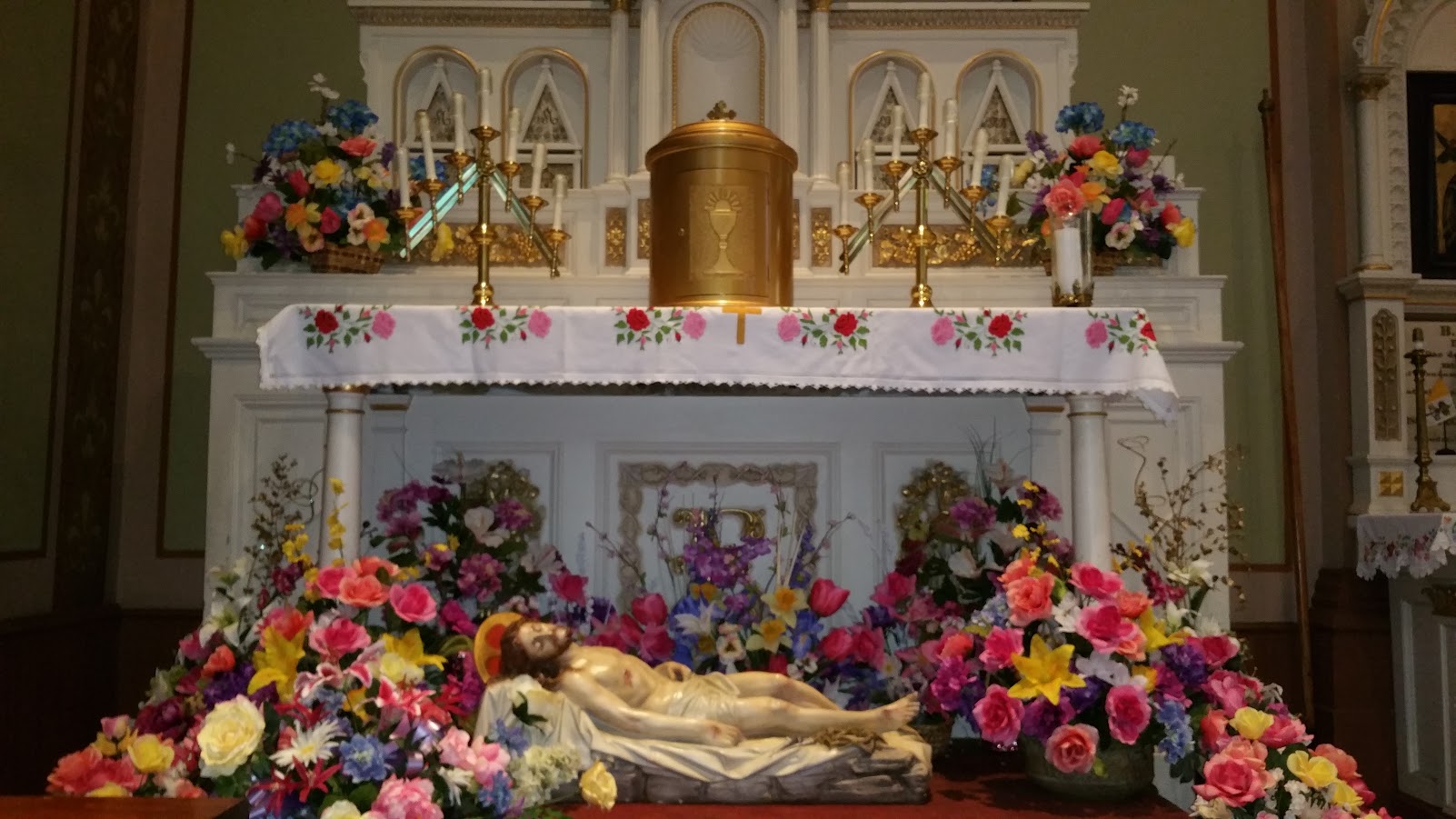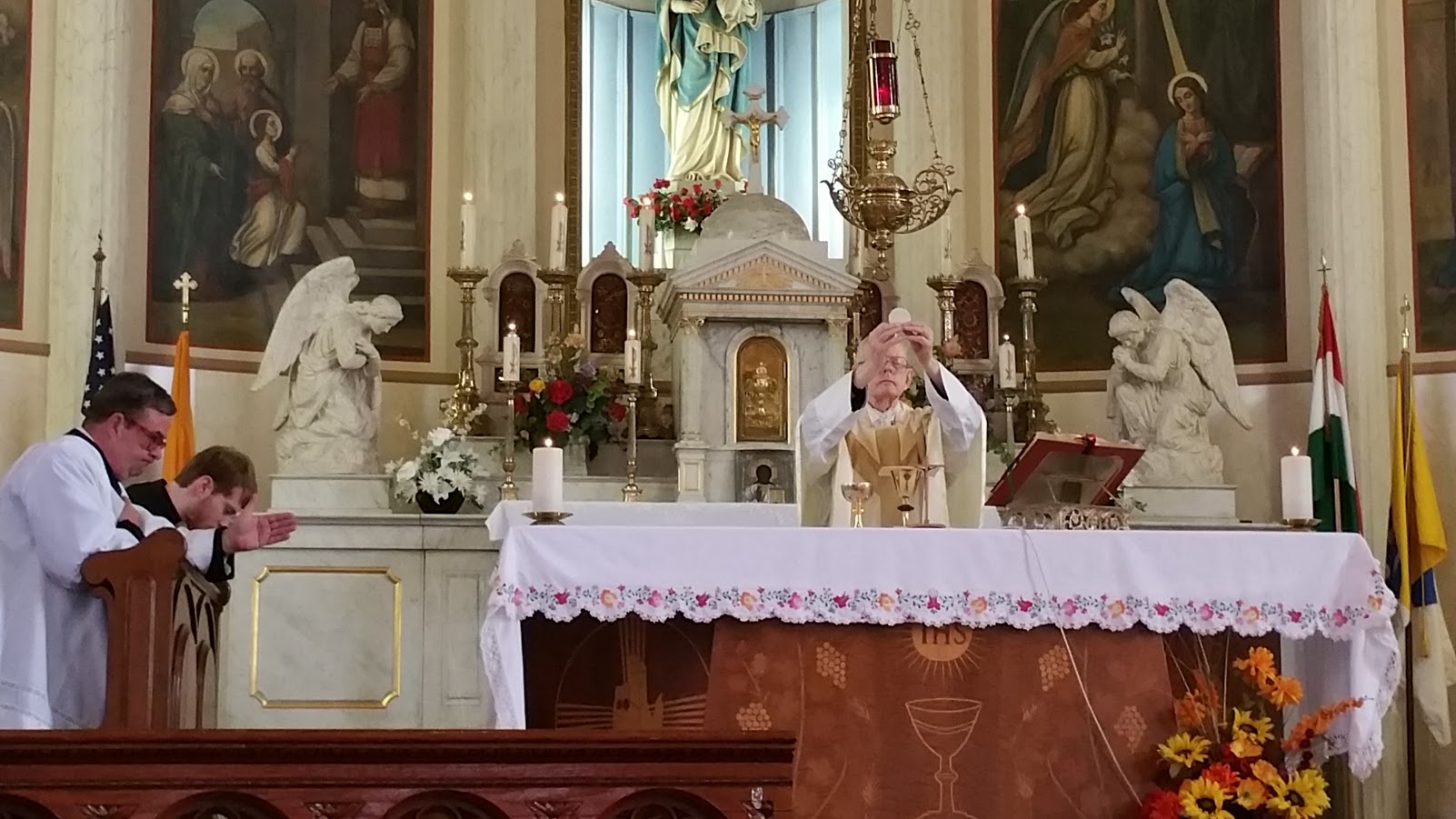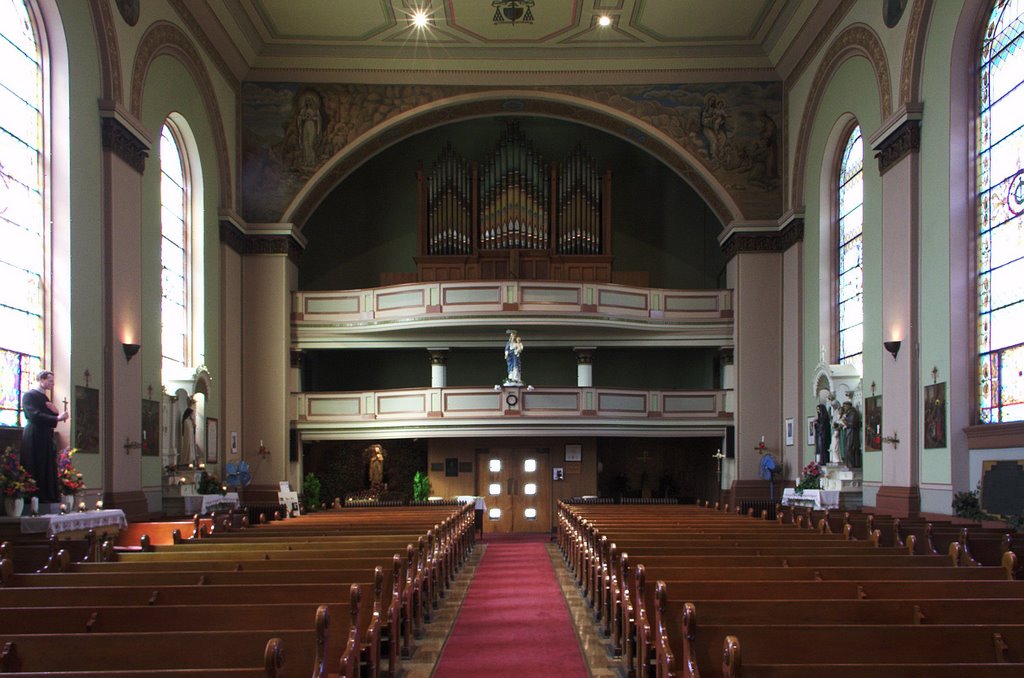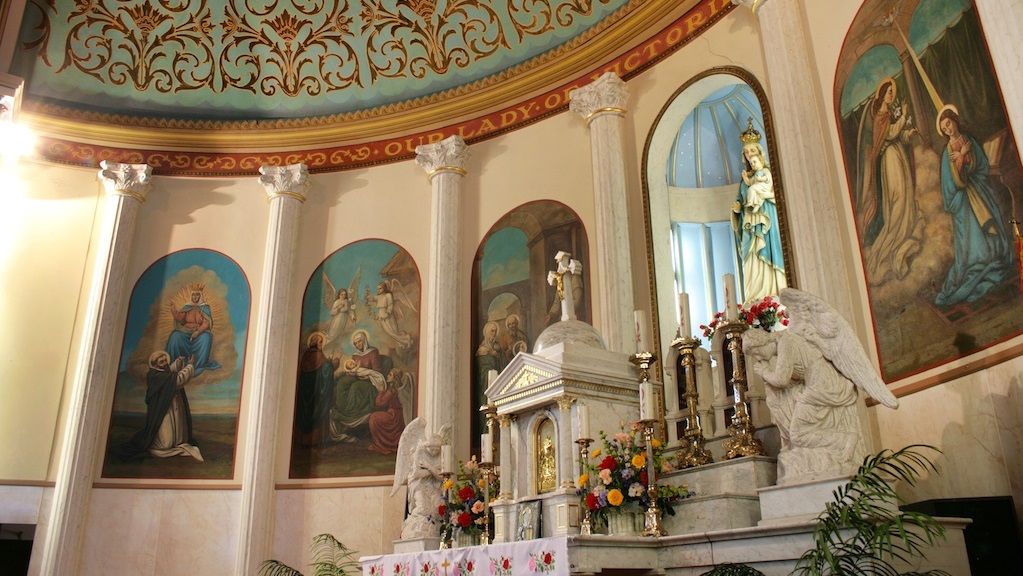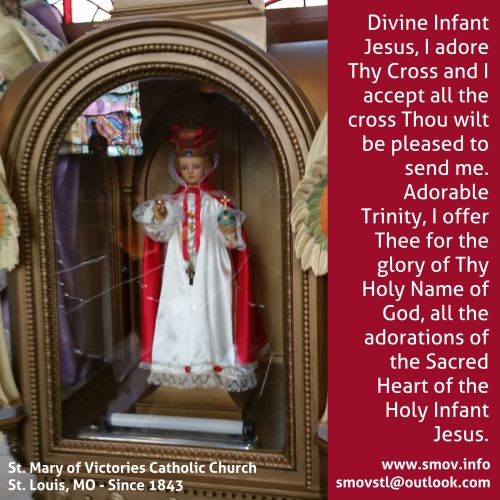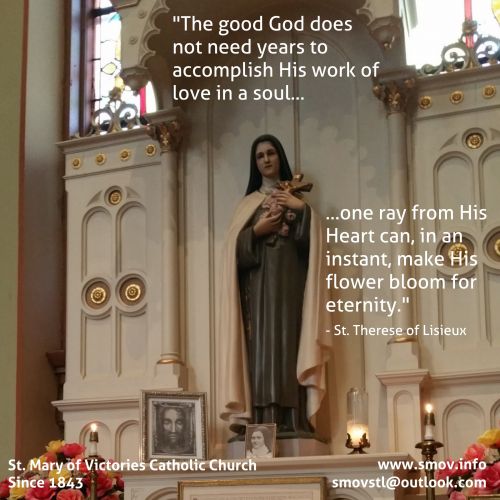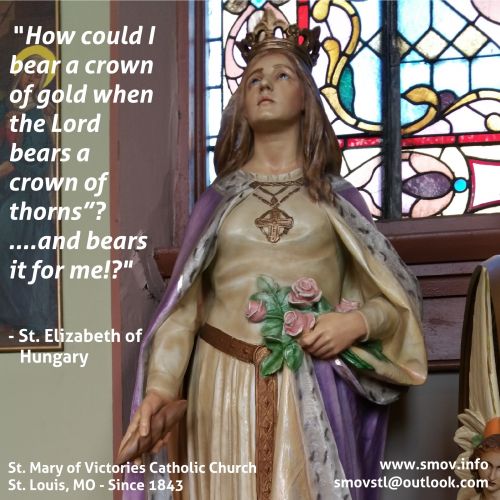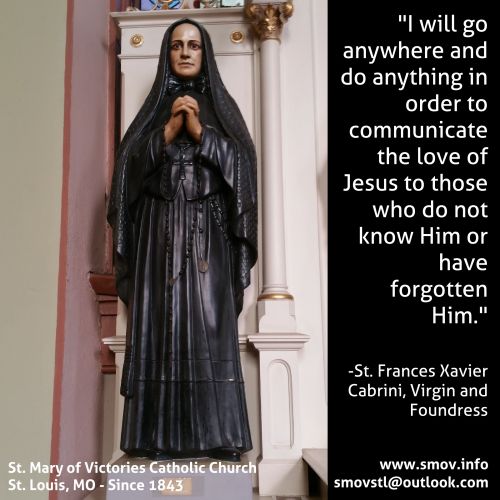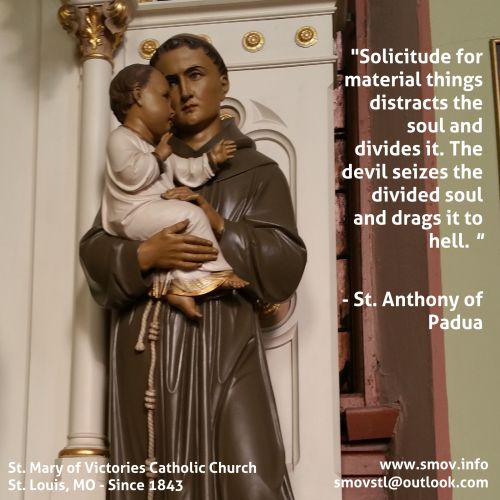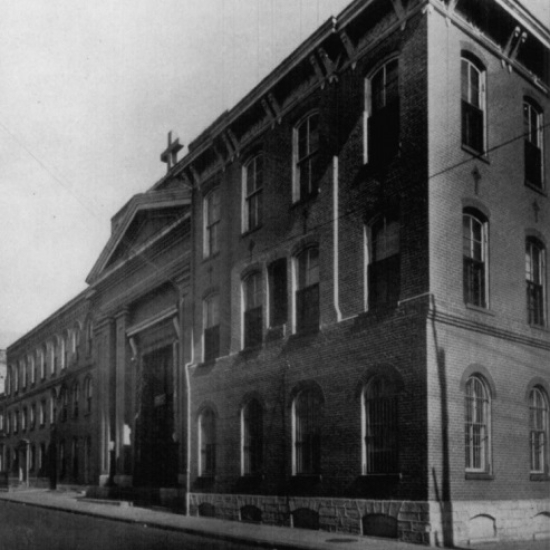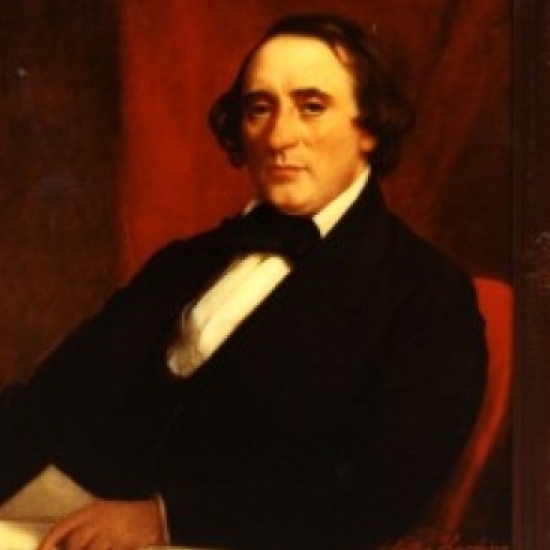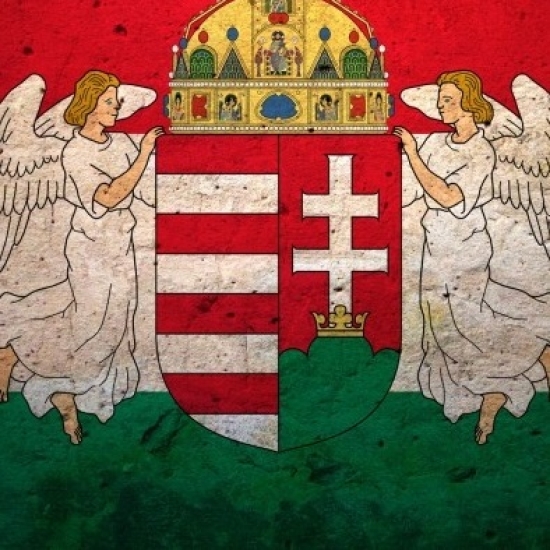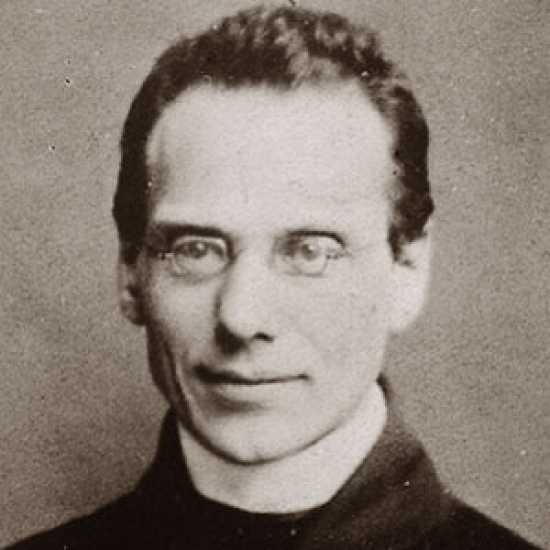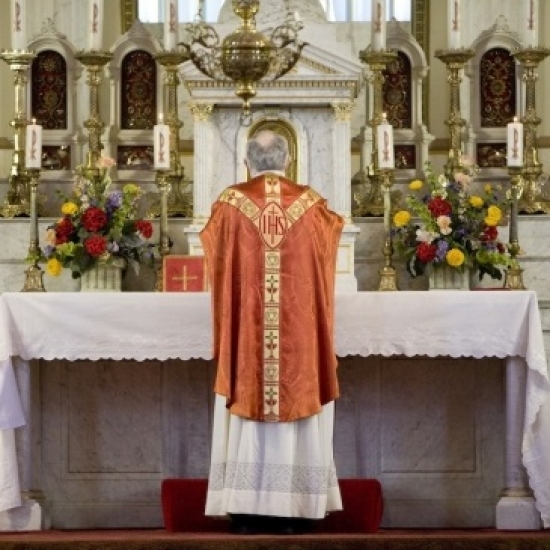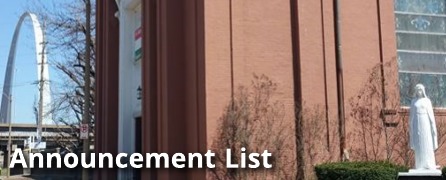1 May 2016, 6th Sunday of Easter (Year C)
Introit: Vocem jucunditatis
Offertory: Concordi laetitia, p. 370.
Communion (Year C): Spiritus Sanctus
May Crowning:
Hail, Holy Queen Enthroned Above, p. 261
Bring flowers of the fairest, (handout)
Recessional: Regina Caeli, PBC, p. 121
Dismissal from Mass I, as in Paschaltide apart from the Octave and Pentecost, PBC, p. 48.
Mass I (Lux et origo) PBC, p. 46ff. Credo III, PBC, p. 77ff.
The Introit antiphon has three phrases:
1. Vocem jucunditatis annuniate, et audiatur, alleluia
2. nuntiate usque ad extremum terrae
3. liberavit Dominus populum suum, alleluia, alleluia.
One might—reasonably—expect Easter joy to gradually diminish in the successive Sundays after Easter, for the more we recede from the feast day, the closer we approach the day of the Lord's ascension and departure from earth. But it does not. The melodies for the Introits of the first, second, and fourth Sundays are devout, rather than jubilant. Into these the brilliant third Sunday is inserted. Now, rising above all these, comes the Introit of the sixth Sunday: a clarion call of real Easter joy which would resound to the uttermost ends of the earth.
In its first half, the first phrase has an energetic ascent for its arsis, followed by a similarly proportioned thesis. The melodic line here is delicate, avoiding everything rough or severe. By preference the new neume sets in on the last note of the preceding one (dge-eg-ga-acb, and the descending ca-ag-gag). After a brief arsis the second half brings a drawn-out thesis with the tetrachord d-g, gaining strength for a renewed and powerful ascent. The second phrase begins with the same motif as the first, but increases greatly in force with the fourth over usque. The effect is heightened still more by the two identical clives. And now comes a loud cry of joy with the torculus. It is not only tone-painting, but should manifest a long-pent-up, surging joy in the heart of the singer. The third phrase brings the message itself. One might expect a still greater enhancement of the melody here. But a further development upward is hardly possible, for the third mode, the one selected for this piece, very rarely reaches above the high e used over extremum. And a repetition of that note might sound weak. Moreover, a royal message is announced with a fanfare followed by the solemn and quiet proclamation of the message. So
we sing these words with deep emotion and heartfelt thanksgiving, then with the twofold alleluia joy breaks forth anew. Over suum it has already reverted to the motif of the first phrase over audiatur; this it varies pleasantly toward the end and culminates in the florid neums over the final alleluia. This melody was adopted for the Introit of the feast of the Immaculate Conception; and also, though less happily, for the feast of St. Anthony Mary Zaccaria (July 5).
(Year C) The Communion antiphon is a single phrase:
Spiritus Sanctus docebit vos, alleluia: quaecumque dixero vobis, alleluia, alleluia.
The words of the Saviour may be regarded as a solemn pronouncement, and the cries of alleluia as our grateful, joyous response. The structure of this melody is that of an Office antiphon, so the intrusion of the first alleluia is somewhat disturbing to the clear psalmodic construction, which has an obvious intonation, middle cadence on the tenor, and a final cadence. The accented syllable consistently occupies a higher position than the following syllable. Thus the melody follows the natural declamation of the words. Christ who comes into our hearts in Holy Communion, addresses us as He once did His disciples: Let yourselves be instructed by the Holy Spirit. He will lead you to all truth, and the truth will make you free and happy. Alleluia. To announce the ‘great things of God’ (magnalia Dei) in the liturgy ought to be for us a sacred and happy duty, to which we should dedicate ourselves heart and soul.
